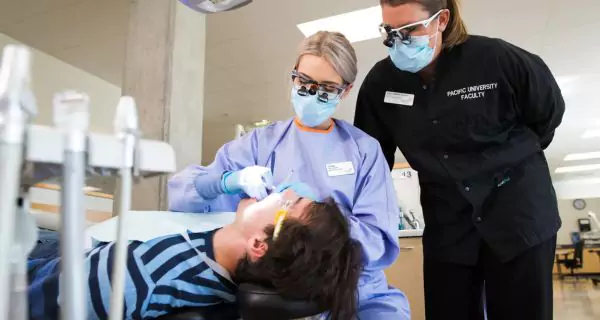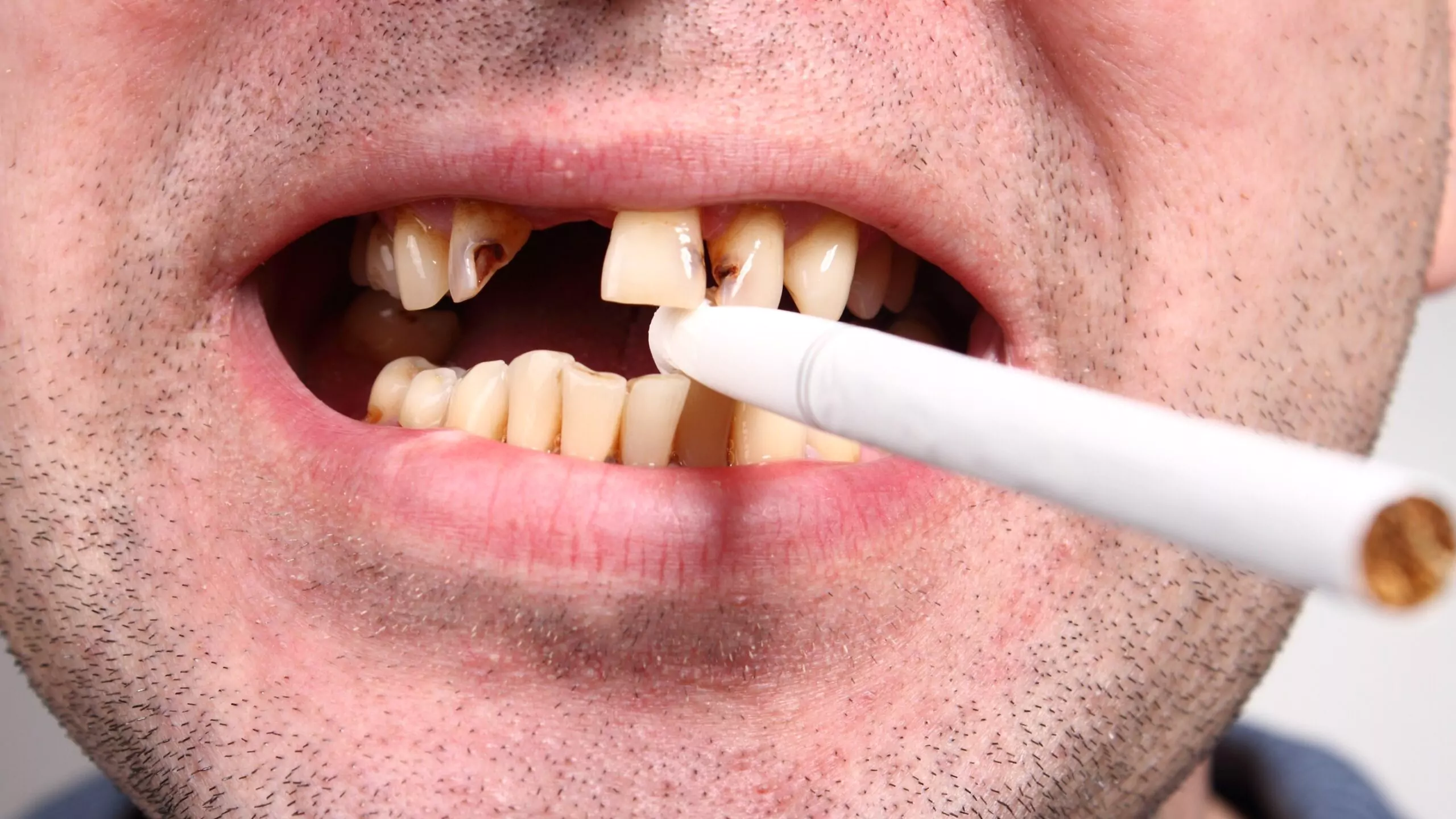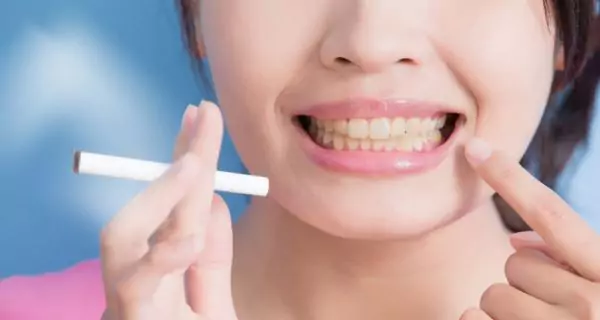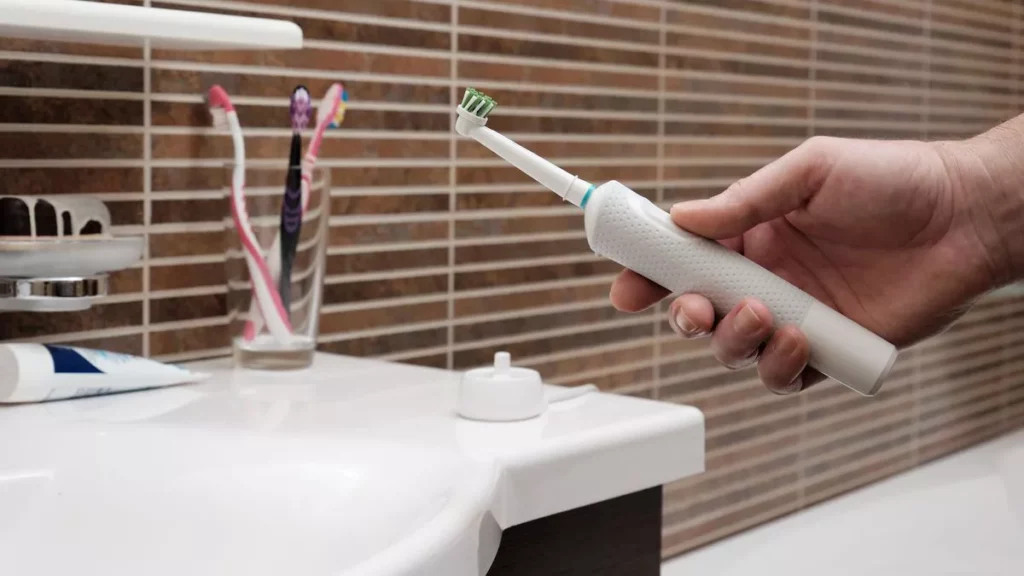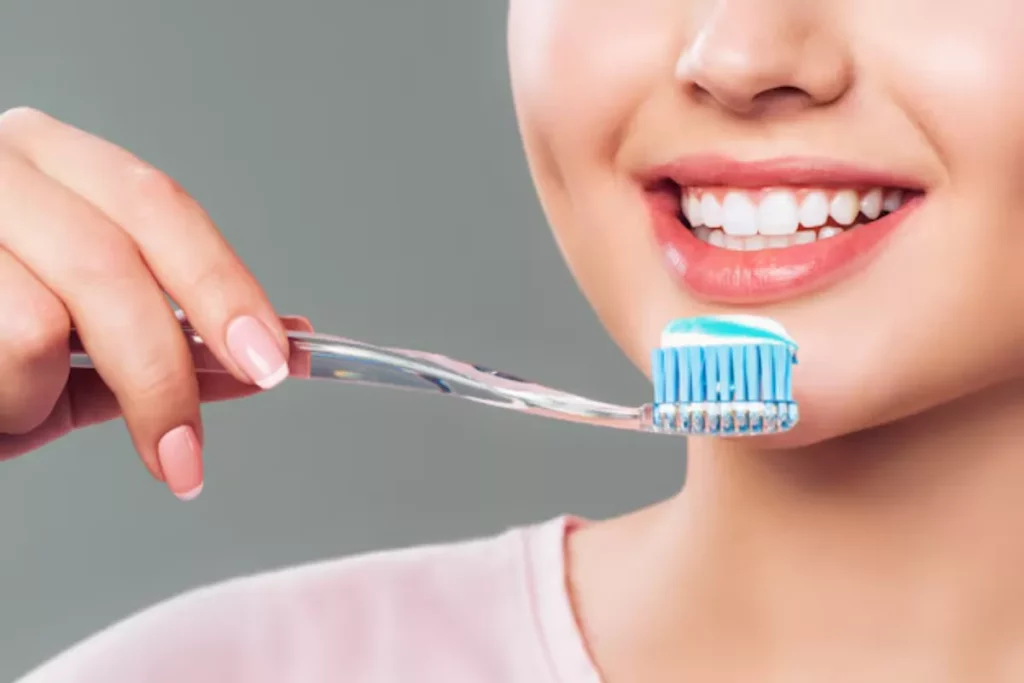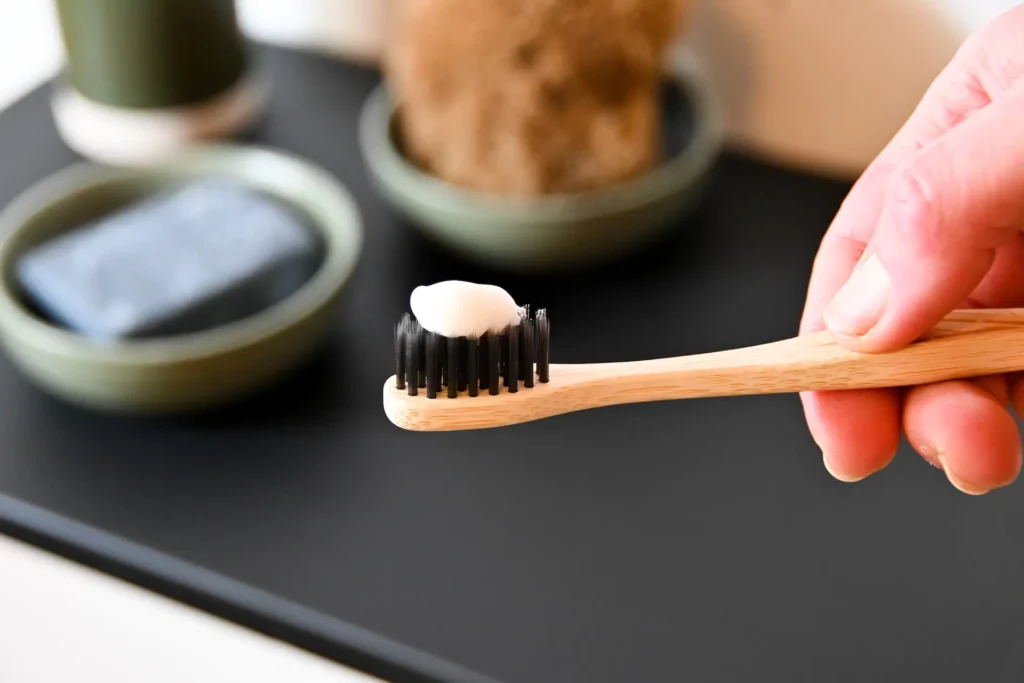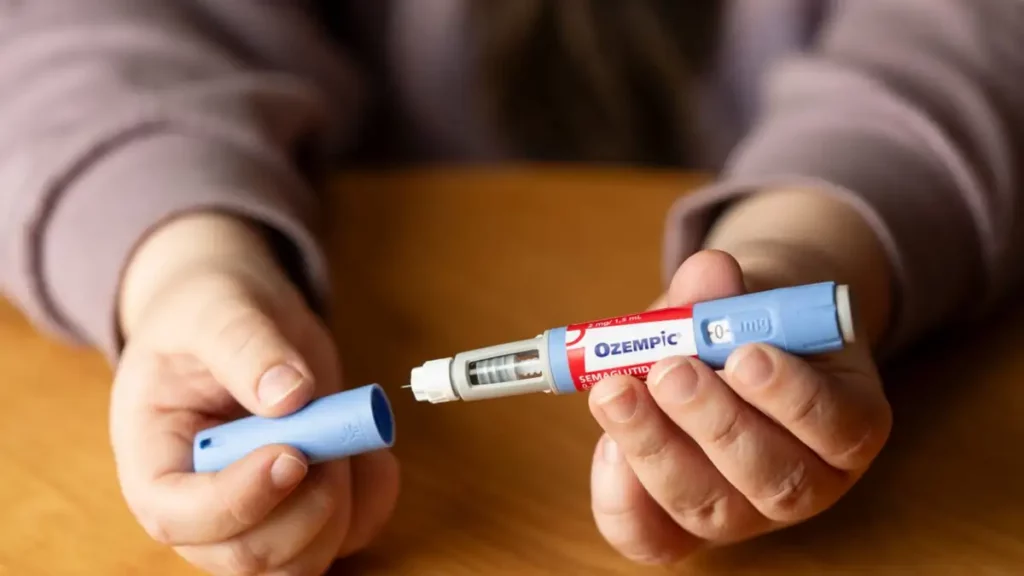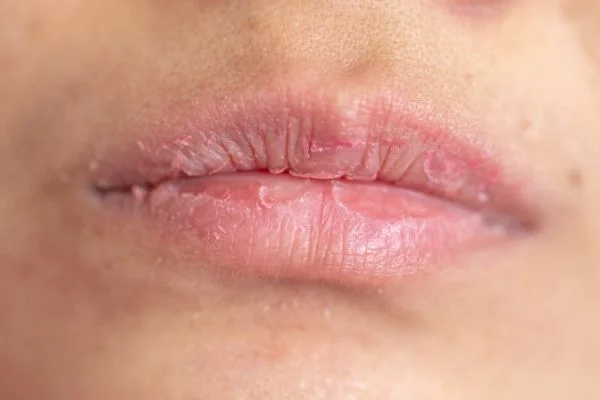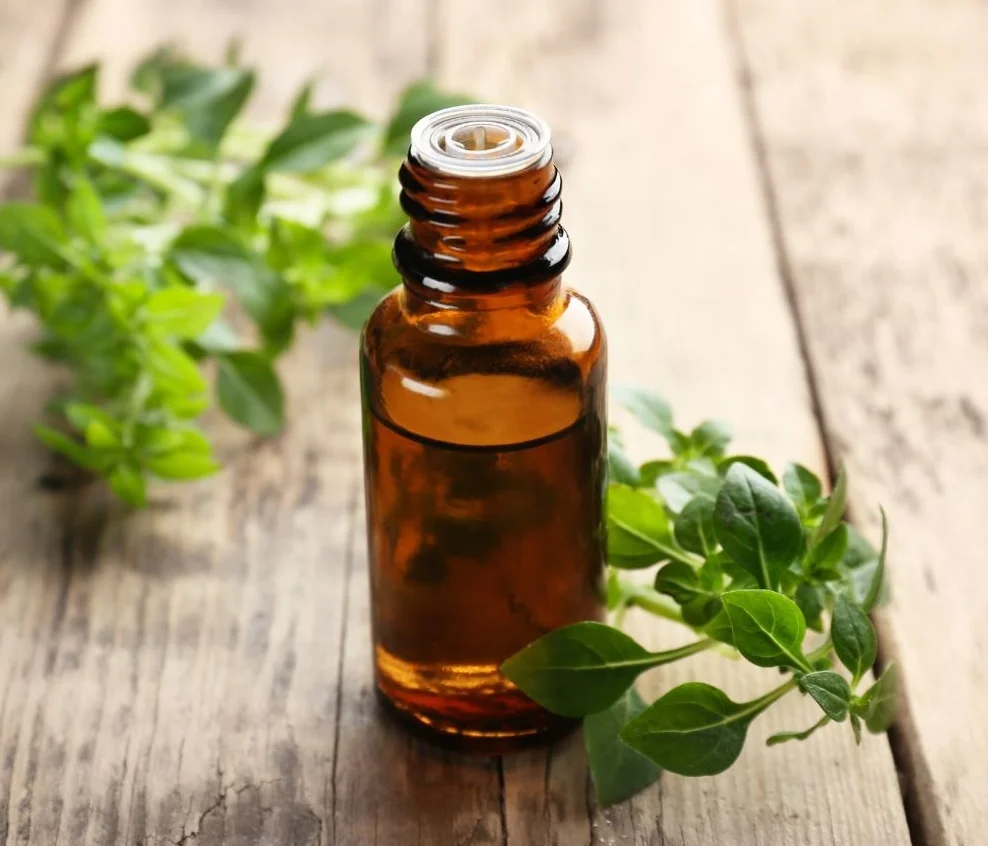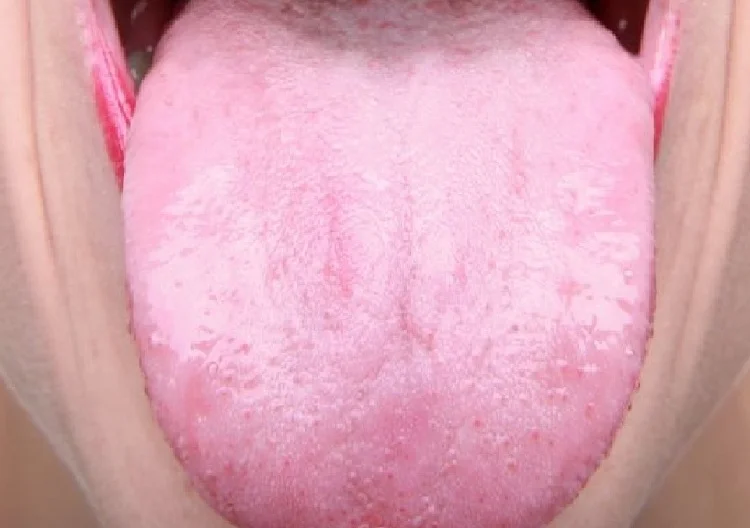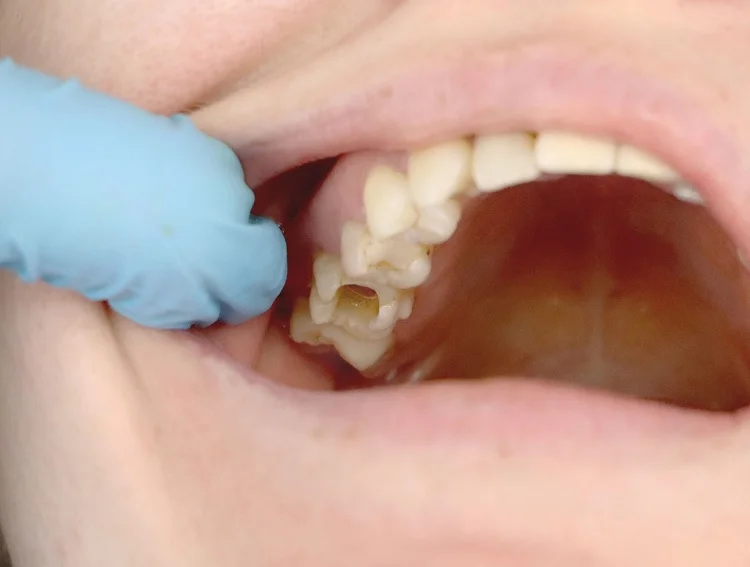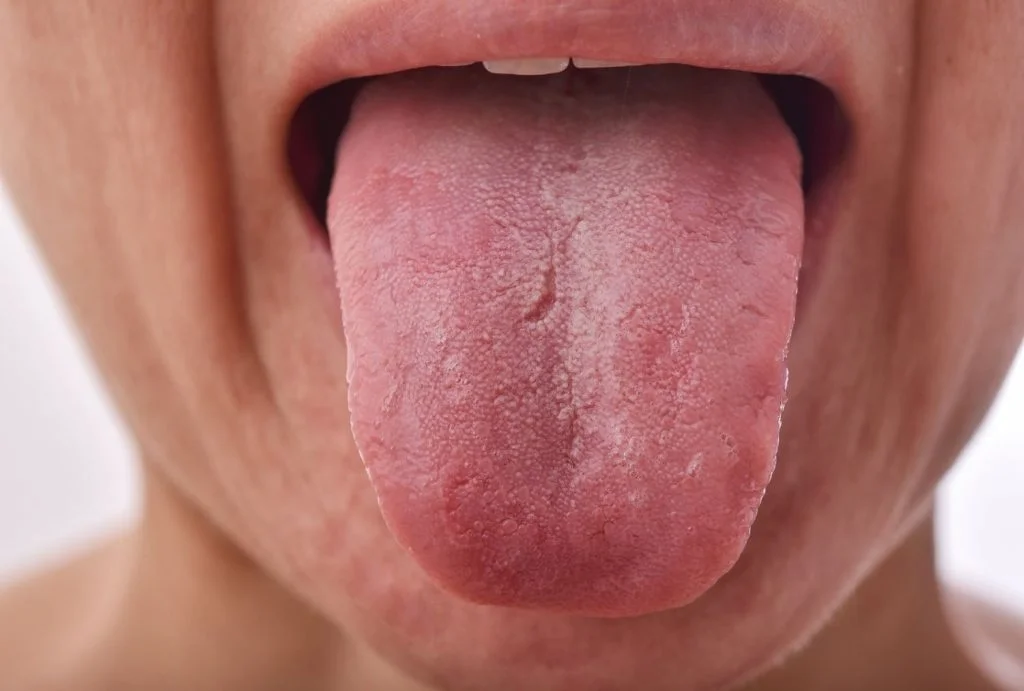Last Updated on: 19th September 2025, 12:30 pm
Smoking significantly increases the risk of mouth cancer by exposing oral tissues to harmful chemicals. Early signs include persistent sores, lumps, or white patches in the mouth. Quitting smoking, maintaining good oral hygiene, and regular dental checkups are key preventive measures.
Every year on May 31st, we observe World No Tobacco Day; it’s a chance to stop and think about the impact smoking has on our health.
We often hear about how tobacco harms our lungs and heart, but many people don’t realize how much damage it can do to the mouth.
In this article, we’ll explore how mouth cancer and smoking are linked, what signs you should watch for, and how simple at-home habits can help lower your risk. If you or someone you love uses tobacco, this guide will help you take meaningful steps to protect oral health starting today.
What Is the Link Between Mouth Cancer and Smoking?
Tobacco is one of the leading causes of oral cancer worldwide. Whether it’s smoked or chewed, it exposes the mouth to dangerous chemicals that can lead to serious diseases, including cancer.
How Does Smoking Contribute to Mouth Cancer?
Tobacco products, whether smoked or chewed, contain numerous carcinogenic chemicals that can damage the cells lining the mouth. Over time, this can lead to DNA mutations and the development of precancerous or cancerous lesions.
Smokeless tobacco, such as chewing tobacco or snuff, is not a safer alternative. These products expose users to high levels of nicotine and other harmful substances, increasing the risk of oral cancers, particularly in areas where the tobacco is held in the mouth.
What Are the Early Signs and Symptoms?
Oral cancer can appear in any part of the mouth. The most common areas include:
- tongue
- floor of the mouth (under the tongue)
- gums
- inside of the cheeks
- lips
- palate
- oropharynx (back of the throat)
Early detection of oral cancer significantly improves treatment outcomes. Be vigilant for the following symptoms:
- persistent sores or ulcers in the mouth that do not heal within two weeks
- lumps or thickening in the cheek
- white or red patches on the gums, tongue, or lining of the mouth
- difficulty chewing or swallowing
- numbness of the tongue or other areas of the mouth
- jaw swelling that causes dentures to fit poorly or become uncomfortable
- chronic sore throat or hoarseness
Since these lesions often don’t hurt, they’re easy to miss. y It’s essential to check your mouth regularly; if you experience any of these symptoms, consult a healthcare professional promptly.
Who is most at risk?
Several factors increase the risk of developing oral cancer:
- Tobacco use: is the biggest risk factor. Smoking cigarettes, cigars, pipes, or using smokeless tobacco products significantly raises the risk.
- Alcohol consumption: Heavy drinking, especially when combined with tobacco use, further elevates the risk.
- Human papillomavirus (HPV) infection: Certain strains of HPV are linked to oropharyngeal cancers.
- Age and gender: Oral cancer is more common in individuals over 55 and is twice as prevalent in men as in women.
- Sun exposure: Prolonged exposure to sunlight increases the risk of lip cancer.
- Diet: A diet low in fruits and vegetables may contribute to the risk.
What’s especially concerning is that tobacco amplifies these risks. A person who smokes and drinks heavily may be up to 30 times more likely to develop oral cancer than someone who doesn’t partake.
How Can Smokers and Ex-Smokers Prevent Mouth Cancer at Home?
While not all cancers can be prevented, there’s a lot you can do to protect your mouth and catch issues early. Quitting tobacco is the most effective way to reduce your risk, but incorporating the following practices will further protect your oral health.
How to Improve Daily Oral Hygiene Habits?
- Brushing: Use a soft-bristled toothbrush and fluoride toothpaste to brush at least twice daily.
- Flossing: Clean between your teeth daily to remove plaque and food particles.
- Tongue cleaning: Use a tongue scraper or brush your tongue to eliminate bacteria.
What Protective and Soothing Oral Care Products Can Help?
Certain products can help reduce the impact of tobacco on your mouth:
- Antioxidant-rich toothpaste: Products containing green tea extract, aloe vera, or CoQ10 help neutralize damage.
- Natural mouthwashes: Alcohol-free options with ingredients like turmeric, tea tree oil, or xylitol reduce inflammation.
- Gum-strengthening gels or rinses: These support gum tissue, especially beneficial for those with prior tobacco exposure.
How to Perform Self-Exams and Monitoring?
Regularly inspect your mouth for any changes. Use a mirror to check for:
- unusual sores or lumps
- discoloration
- persistent pain or numbness
Document any findings and consult a dentist if abnormalities persist.
What Lifestyle Changes Can Lower the Risk?
Adopting healthy habits is always a good practice. Beyond daily brushing or using the right products, there are actions you can take to boost your oral health from the inside out. These changes don’t just help prevent oral cancer; they also improve your overall well-being.
Why Is Quitting Smoking Important and What Support Tools Are Available?
Quitting smoking reduces the risk of oral cancer over time. Supportive tools include:
- Nicotine replacement therapy: Patches, gums, or lozenges can alleviate withdrawal symptoms.
- Mobile apps: Programs like the quitSTART app offer daily tips and tracking features.
- Support groups: Connecting with others can provide motivation and accountability.
- Professional help: Counseling or prescription medications may be beneficial.
According to the National Cancer Institute, individuals who quit smoking cut their risk of developing mouth or esophageal cancer by 50% within five years.
How Does Staying Hydrated and Eating an Antioxidant-Rich Diet Help?
Dry mouth is common in smokers and ex-smokers and can increase your risk of infection. To support your oral health, you need:
- hydration: Drink plenty of water to maintain saliva production, which helps protect the mouth.
- diet: Incorporate fruits, vegetables, and foods rich in vitamins A, C, and E to promote cell repair and support immunity.
Why Are Regular Dental Checkups Crucial?
Regular dental checkups are essential to maintain oral health and vital for the early detection of oral cancer. Even if everything appears normal, oral cancer can develop silently, without noticeable pain or visible symptoms. Therefore, it’s crucial to visit your dentist every six months.
If you smoke or have recently quit, inform your dentist so they can be vigilant for early warning signs. Dentists are often the first to notice subtle changes that might go unnoticed by others.
In addition to routine examinations, your dentist can recommend products to help care for your teeth and gums affected by smoking:
- Fluoride-based toothpastes: strengthen enamel and help prevent decay.
- Remineralizing toothpastes: restore minerals to weakened teeth, enhancing their strength.
- Xylitol-based products: Xylitol stimulates saliva production, combating dry mouth, a common issue for smokers.
- Aloe vera or chamomile products: soothe irritated tissues and reduce inflammation, promoting gum health.
Regular dental visits, combined with appropriate oral care products, play a significant role in mitigating the effects of smoking on oral health and in the early detection of potential issues.
How to Support a Loved One at Risk?
When someone you care about smokes, it’s natural to worry about their health. But addressing the topic takes patience, empathy, and respect. Even if they’re not ready to quit, your support can make a meaningful difference.
How to Start the Conversation?
Bringing up smoking and oral health can be delicate. Here are a few tips to make the conversation more effective and compassionate:
- Choose a calm, private moment
- Use caring language like: “I’m worried about your health” or “Would you like me to go with you to a checkup?”
- Avoid judgment or criticism, focus on listening rather than convincing
Many people smoke due to stress, anxiety, or routine. Sometimes, simply being heard can be the first step toward change.
How to Provide Encouragement Without Pressure?
Instead of pushing them to quit, offer gentle support:
- Share helpful information or resources like this article
- Recommend gentle oral care products to ease the effects of tobacco
- Encourage regular dental checkups, and offer to go with them if it helps
Even if they’re not ready to quit today, helping them care for their mouth is already a big, positive step. Small actions build trust, and trust opens the door to bigger changes.
Conclusion
Mouth cancer and smoking are deeply connected, but proactive measures can significantly reduce risk. By quitting smoking, maintaining diligent oral hygiene, and seeking regular dental care, individuals can protect their oral health.
This World No Tobacco Day is a great chance to start making those changes. Your mouth is a vital part of your well-being. Pay attention to it, take care of it, and don’t hesitate to ask for help when you need it.
Frequently Asked Questions
Can I get mouth cancer even if I don’t smoke?
Are e-cigarettes or vaping safer for my mouth?
Can mouth cancer be cured?
Does smoking one or two cigarettes a day still put me at risk?
Can secondhand smoke cause mouth cancer?
Voice and Search (Q&A)
How does smoking increase the risk of mouth cancer?
Smoking exposes the mouth to harmful chemicals that damage cells, causing DNA mutations that can lead to cancer. Chewing tobacco is also dangerous and raises oral cancer risk.
What are the early warning signs of mouth cancer?
Look for mouth sores that don’t heal, white or red patches, lumps, difficulty chewing, or numbness. If you notice any of these, see your dentist or doctor promptly.
How can I lower my risk of mouth cancer if I smoke or used to smoke?
Quit tobacco, brush and floss daily, stay hydrated, eat antioxidant-rich foods, and visit your dentist regularly for checkups and screenings.
Share
References
1. CDC. (2025, March 20). Tips from former smokers. Centers for Disease Control and Prevention. https://www.cdc.gov/tobacco/campaign/tips/index.html
2. Farnsworth, C. (2023, February 2). What to know about oral cancer due to tobacco. https://www.medicalnewstoday.com/articles/oral-cancer-due-to-tobacco
3. Gillenwater, A. (2021, January 14). 4 myths about oral cancer symptoms. MD Anderson Cancer Center. https://www.mdanderson.org/cancerwise/4-myths-about-oral-cancer-symptoms.h00-159457689.html
4. Jiang, X., Wu, J., Wang, J., & Huang, R. (2019). Tobacco and oral squamous cell carcinoma: A review of carcinogenic pathways. Tobacco induced diseases, 17, 29. https://doi.org/10.18332/tid/105844
5. Morse, D. E., Psoter, W. J., Cleveland, D., Cohen, D., Mohit-Tabatabai, M., Kosis, D. L., & Eisenberg, E. (2007). Smoking and drinking in relation to oral cancer and oral epithelial dysplasia. Cancer causes & control : CCC, 18(9), 919–929. https://doi.org/10.1007/s10552-007-9026-4
6. Rung, R. (2023, April 24). How common is mouth cancer? Healthline. https://www.healthline.com/health/oral-cancer/how-common-is-mouth-cance
-
Dr. Yeidy Carolina Mesa [Author]
DDS Yeidy Carolina Mesa Passionate Dentist | Advocate for Accessible Oral Health Education Graduating from Universidad CES in 2022, I am a dedicated general dentist with a lifelong passion for helping others and making a meaningful impact in the world. My journey into dentistry began at the age of 7, inspired by my own experience with braces and overcoming a fear of the dentist. This personal journey shaped my mission to help patients conquer their own dental anxieties and embrace a healthier,...
View all posts
-
Nayibe Cubillos M. [Medical Reviewer]
Pharmaceutical Chemestry |Pharmaceutical Process Management | Pharmaceutical Care | Pharmaceutical Services Audit | Pharmaceutical Services Process Consulting | Content Project Manager | SEO Knowledge | Content Writer | Leadership | Scrum Master
View all posts
A healthcare writer with a solid background in pharmaceutical chemistry and a thorough understanding of Colombian regulatory processes and comprehensive sector management, she has significant experience coordinating and leading multidisciplina...

